Metal Gear Survive Review clears the picture – the game does an acceptable job on a lot of fronts, however, it lacks ambition. There should be no complaints considering the fact that Metal Gear Survive was never meant to be the story-driven game like The Phantom Pain.
Metal Gear Survive is here, finally, and when I say “finally” I don’t particularly talk about the game itself, but refer to all the controversy going *finally* to hell. It’s like we can discuss the mechanics that are in the game, and not just behind it, which is kind of refreshing after all the things that have been said and done since October 2015.
That’s the month it got official that Hideo Kojima and Konami were parting ways after around twenty years spent together, with a lot of reports hinting at disastrous work conditions at the publisher and broken deadlines leading to wasted huge budgets. There’s someone who’s not handled the public matter that well, and this is clear, but it’s time to move on.
And whatever it is or feels like, Metal Gear Survive is a way like any other to go on, for both Konami and the series. For one big aspect, it’s probably the biggest thing that could happen to the franchise if complete and absolute silence was impossible to sustain for another couple years. It’s a spin-off, it has nothing to do with the canon, and doesn’t touch in any points what the creator had done in the past growing the IP.
On top of that, it’s a survival experience, something I feel Kojima could’ve done himself if Konami had asked or he had the time to get into the trend of the moment. Sure, he would have given this experience a higher dignity in terms of story, would have been more coherent with the lore, and stuff; but that’s a genre he’s already adopted as part of a bigger structure in Snake Eater, and that wasn’t disappointing at all.
And this allows us to come to point of this introduction: the sole issue I have with Konami was the failure in terms of communication they’ve had since the announcement of Metal Gear Survive. As it is now, it’s heavily focused on the single-player component rather than on multiplayer, which is a lot different from what we’ve been advertised so far, through promoting materials and those betas.
This is set to change soon, in March we’ll have another co-op mode which is probably bringing the balance back to where it was supposed to be since the beginning. But, considering how long the campaign is (we’re talking about 30 hours or so of gameplay) and what contribution the multiplayer can bring to the experience, it’s fair to say MGS is as single-player as The Phantom Pain was.
What I mean is: multiplayer only has four maps for the biggest part of the experience, those you unlock throughout your solo campaign, and they’re offering you tower defense like gameplay. So it’s easy to understand it’s pretty quick to become repetitive and lack the deepness you would’ve expected by a game which is being marketed as an always online multiplayer product, am I right?
So, here why I say multiplayer is functional to single-player, and not vice versa. The reason is simple: by playing multiplayer, you get a lot of Kuban energy, a much bigger share of energy you would get by playing solo. You can use that energy to level up your character and get more abilities, something you definitely accelerate by playing tower defense with other people rather than alone. In one word, it’s grinding your way towards the higher ranks of the progression system.
One day, the multiplayer component will be more elaborate and will grant a life after death to Metal Gear Survive, but as it is now – it’s like this, and it’s pretty surprising, again, Konami had a tough time while trying to express this concept. They weren’t even able to say why the game is always online, for example (the reason is the progression system is one across both the modes), and offering a clearer comment about all this would’ve been much more helpful than just hiding away from the press and fans for reasons.
Now, let’s have a look at what currently Metal Gear Survive really is. As I said, it’s a survival experience clearly based on Metal Gear Solid V: The Phantom Pain’s assets, more precisely on the inventory system, and on Afghanistan and Africa maps. Also, the animation and control systems are the same, and all this is fine because these were the best things in the game if you don’t go too further into the story. Fundamentally, new design work was applied just to enemies, offered in a good number and with a good amount of peculiarities to be quite remarkable once you get through the “oh my, zombies again…” thing.
The Phantom Pain was rather fun, mostly because of a neat scavenging and crafting system, which is something Konami has taken right away from that game and put in Survive – yet another element in favor of my theory about Kojima possibly doing something like this if he was still at the helm of the series. You get all this stuff and have it implemented in persistent mechanics, like a vegetable garden, a water tank, and other parts of your mother base that get replenished with the real-time passing by.
Time passes by during your regular missions, which are split into three different typologies. The first you meet is unlocking portals that have the ability to bring you from one place to another in the world; the second is the wormhole technology, something like that but capable to bring you to other worlds (hopefully home, too), and as the previous one it’s set to show you how tower defense works, like in a big and maybe too long tutorial.
In these phases, it feels awkward to play completely alone a genre that usually would require you to have friends or AI to coordinate with, because of the huge, huge limitations in terms of infrastructure that keep the story avulse from the rest of the title and not playable with anyone else. In that perspective, the map is populated by you and only you, something that is strange and outdated at the very least after playing, e.g., The Division (which at the time felt limited to, in comparison with regular MMOs, and that’s enough said).
The third is very close to the quests that required you to rescue people throughout the map in TPP: it’s much simple though, and not powered by particular ideas in terms of story nor twists in storytelling, so don’t expect too much out of it. You’ll see it coming to multiplayer in March, though, and in that perspective, it might be interesting to see whether the studio behind it will feel the need to use some narrative to bring the pieces together a bit better.
Exploration also has a light but enjoyable part of the process. While the developer opted to get the more open-ended locations and perhaps a bit empty locations of the original material, there are few twists that help shape this game something of its own. Dungeons are an example of it: they’re quite linear, but they offer a different kind of experience to the lot, some sort of claustrophobic gameplay where you can obtain more and rarer loot.
Dungeons are a part of the area which is covered with Dust, a Dark Zone as we’ve seen it in The Division (not the only component that reminded me of the Massive Entertainment online open world, I must say) where you constantly need to check your oxygen out in order to stay alive. The reward is you get materials you wouldn’t be able to get elsewhere in the game, but in my opinion, this parameter, together with hunger and thirst goes down a bit too quickly not to become tedious, especially in the first half of the game.
The story isn’t something Konami had in mind to do as deep as in the previous efforts. The sole moment worth of your attention, if you’re a fan of Metal Gear, is the cut-scene the game begins with. It’s the bridge between Metal Gear Solid V: The Phantom Pain and Survive, and it’s dealt with properly: a long introductive cut-scene as we’re used to, and one that has quite the action movie vibe Kojima strived to give the title throughout the last couple entries.
That’s it, though. The rest of the solo campaign is filled with quick and superficial scenes showing this or that new part of the base, or giving you a first glimpse of the characters you save or encounter from time to time. Some of those scenes are a bit hilarious if I must say, as it feels like you should expect them to be relevant while instead of the protagonist of the said scene only says, i.e., “thanks”.
Dante Alighieri’s Divine Comedy served as an inspiration for few names and situations (Dite, the world the game is set in; Charon Corps, the game tasked with the exploration of this world; the AI named after Vergil, and so on), which as an Italian I particularly enjoyed, but isn’t as deep as hinted at during the first hour or so of gameplay. Same as cut-scenes themselves, that quickly get replaced by more affordable, in terms of budget, and easy to produce old-fashioned codec transmissions.
So, as this rather short paragraph on the story might let you comprehend, Metal Gear Survive is a decent effort as far as you realize what it actually is and don’t expect it to be a story-based entry in the series you loved and a game with its roots grounded in multiplayer. While the first part has never been meant to become a reality, the second is to a good extent what Konami longs for and will possibly be in the months to come. Today, it lacks ambition but does an acceptable job into reworking stuff that had already been done in 2015.


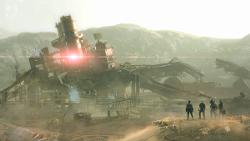

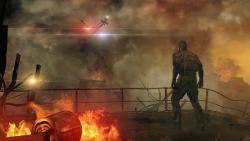
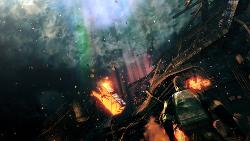
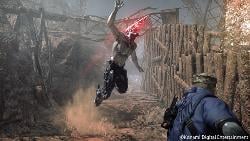

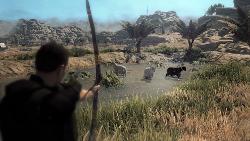
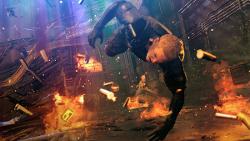


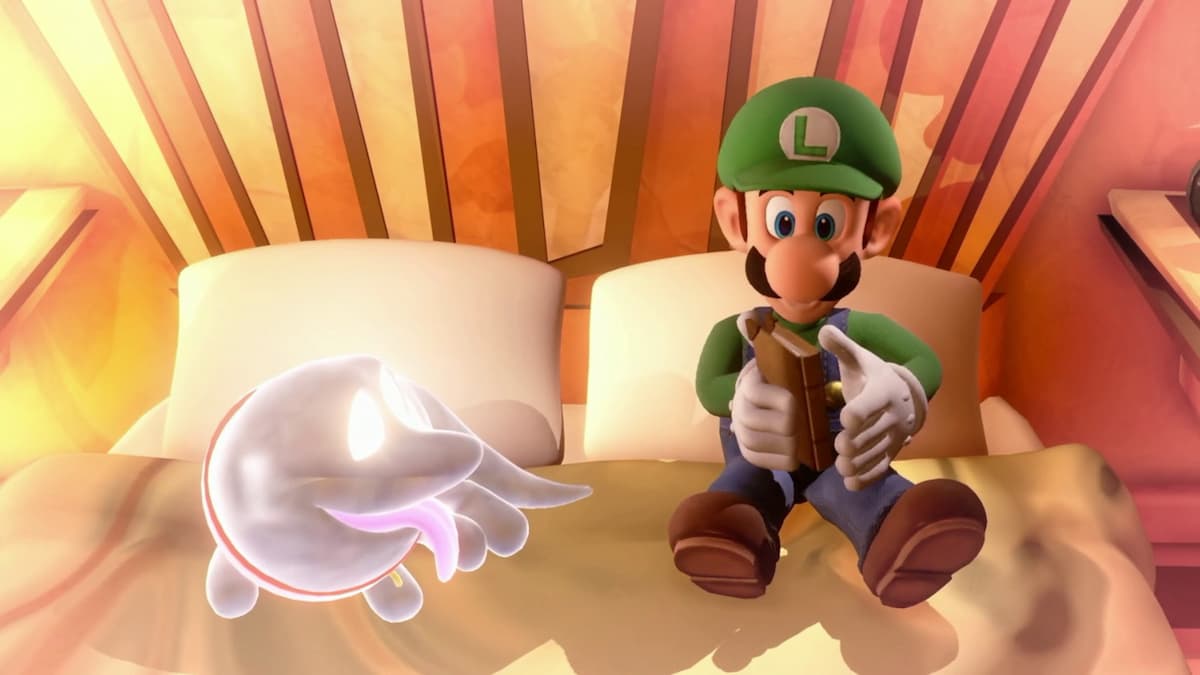
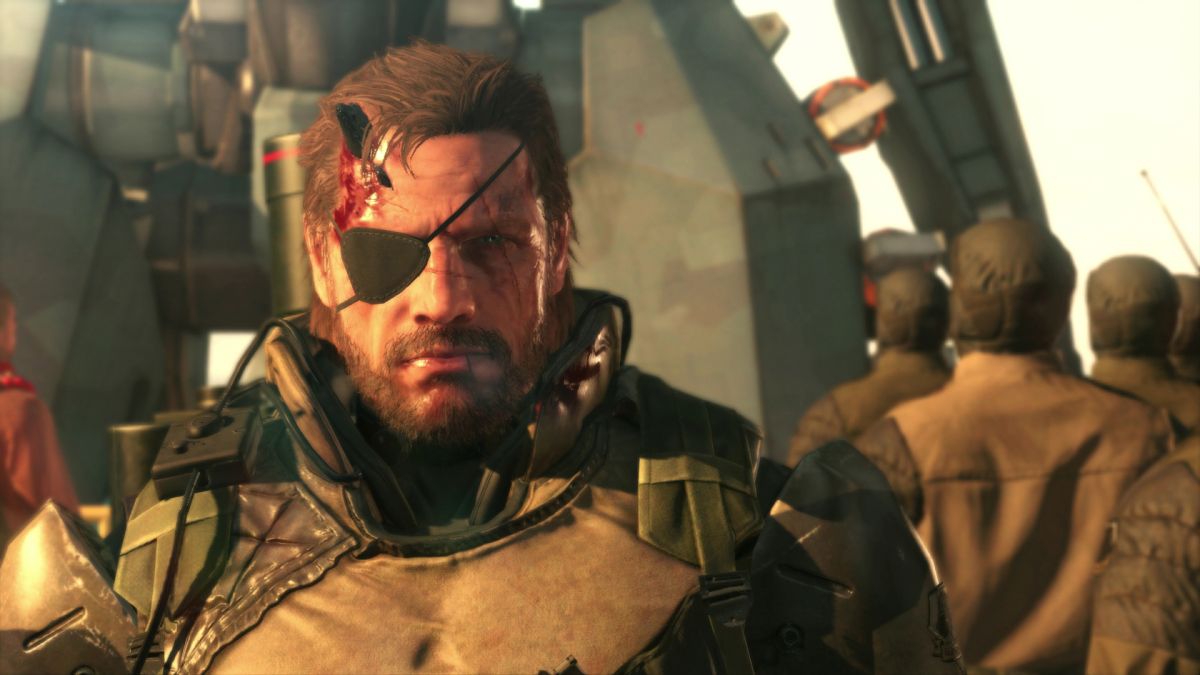
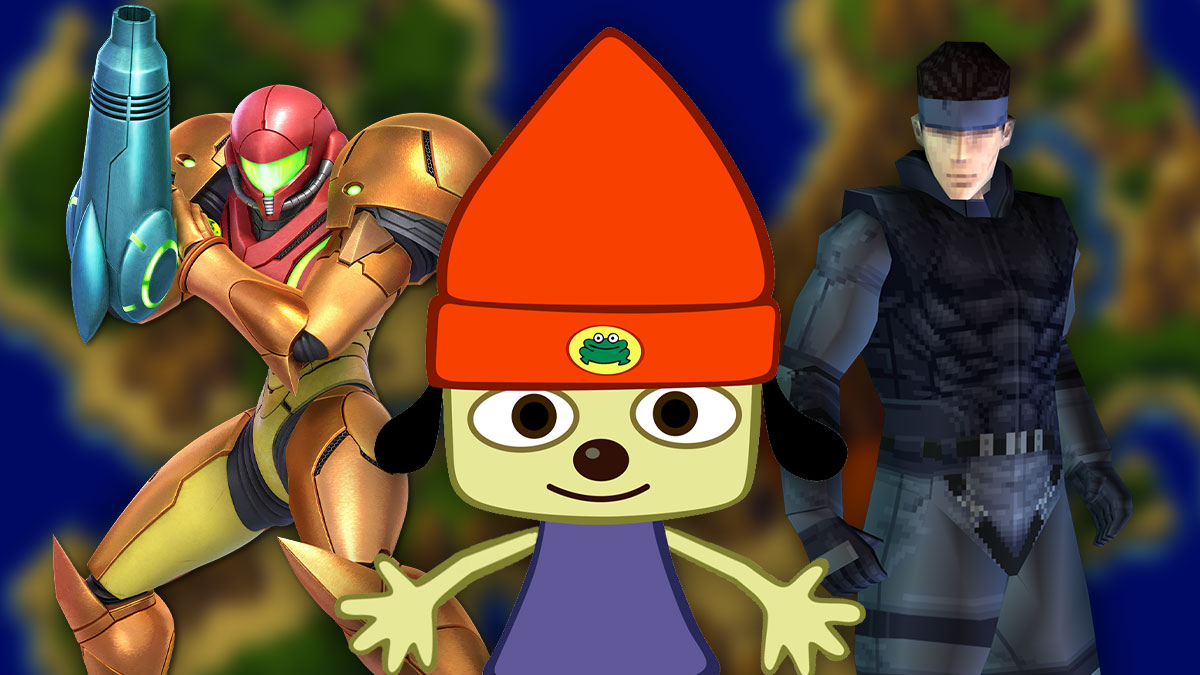

Published: Mar 1, 2018 06:31 am